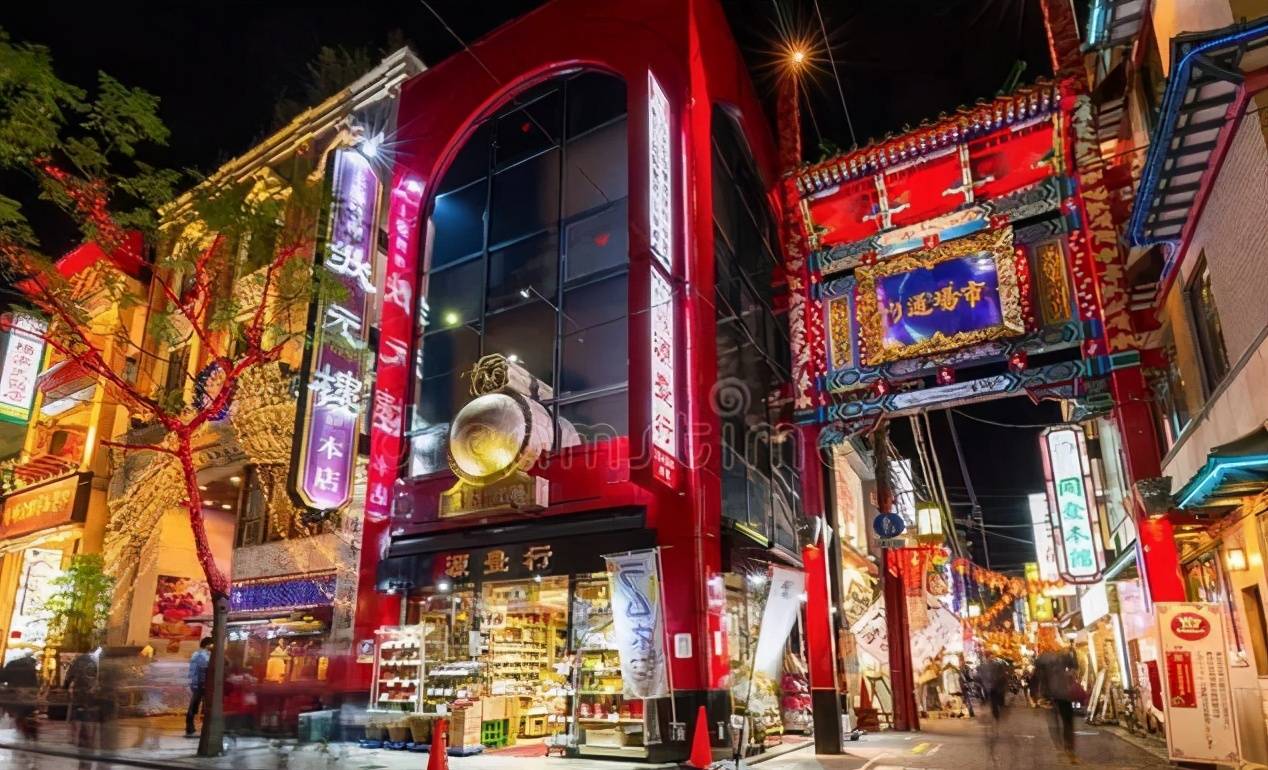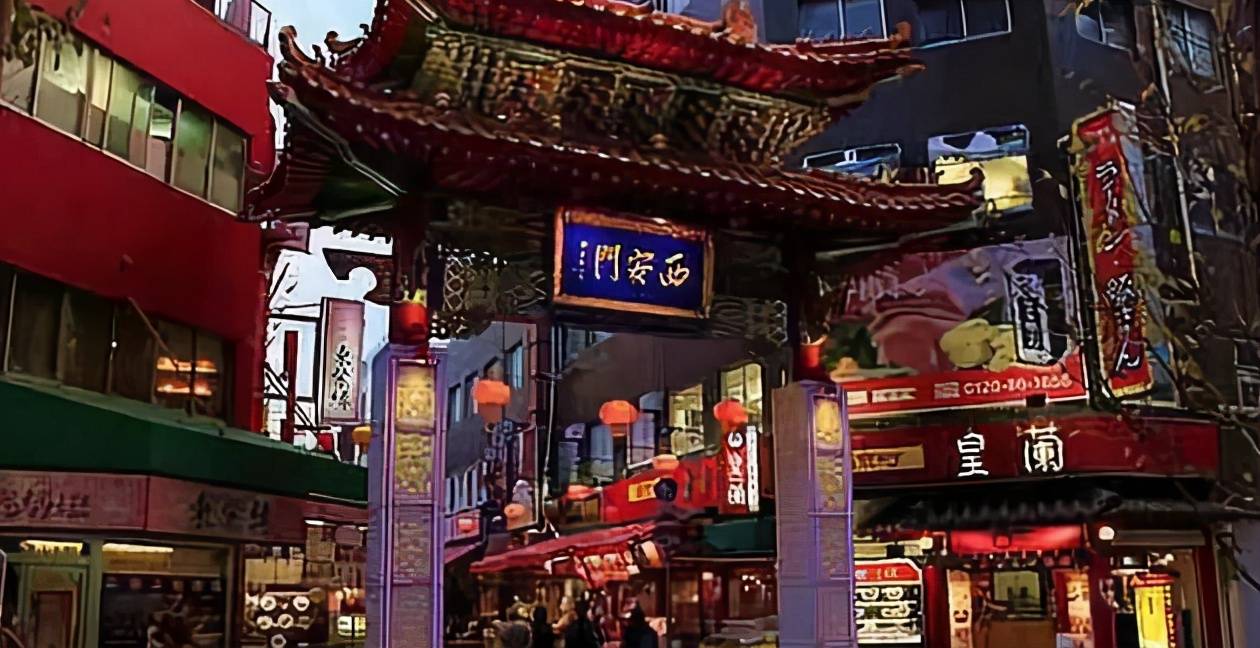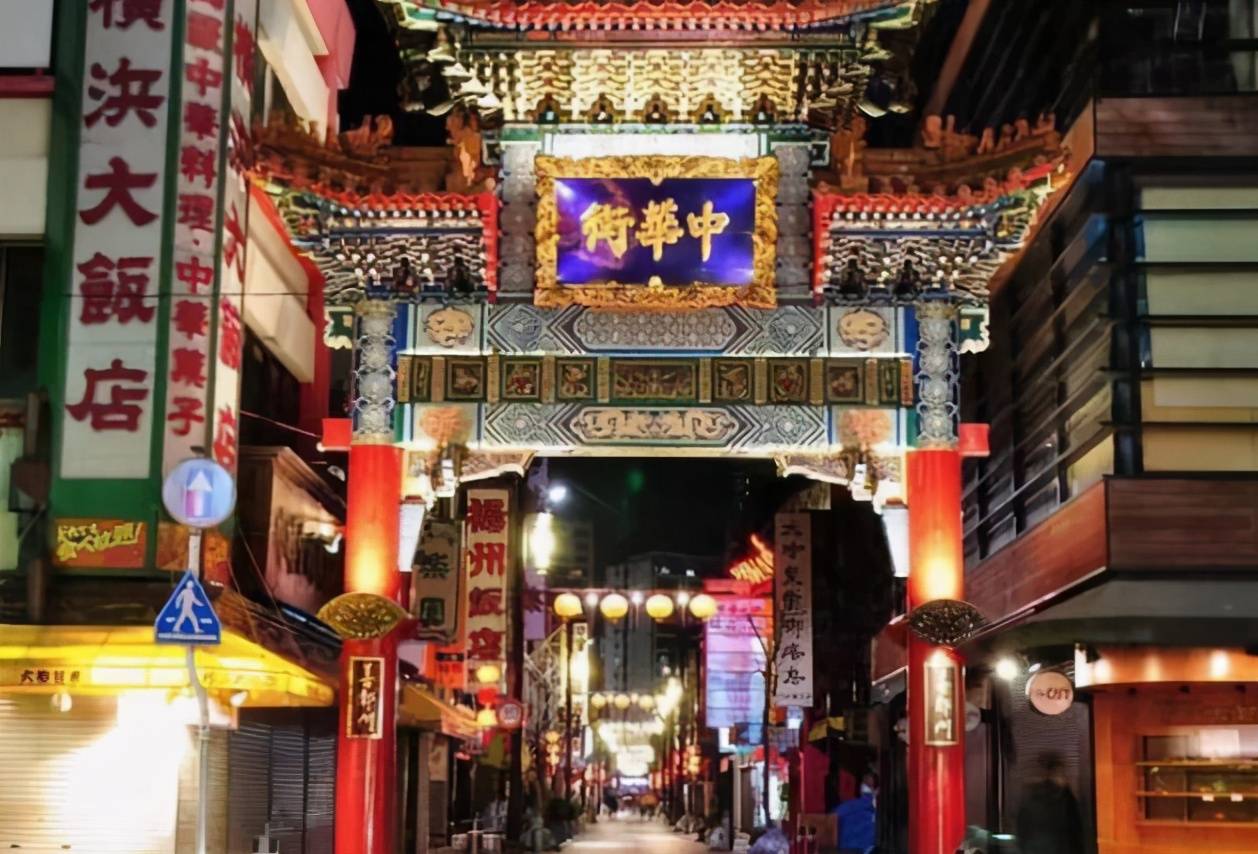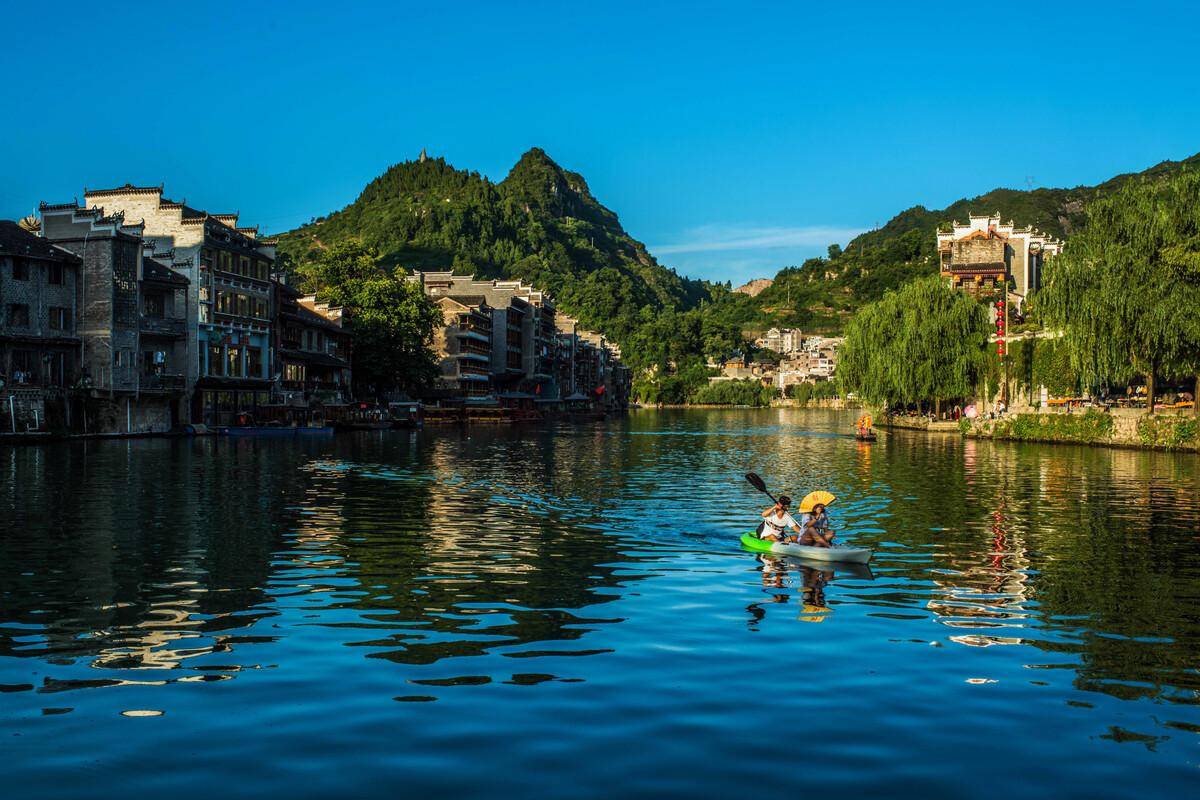Japan’s three major Chinatowns, the largest gathering of Chinese in Asia!Come see if you miss home
Chinatown is an area where Chinese people live in cities in other countries. Chinatown was born because the Chinese emigrated overseas and became a local minority. When faced with a new environment, they need to help each other in the same boat, so they live in one area together. Therefore, most Chinatowns are witnesses to the history of overseas Chinese. Today, Bian Xiao will take you to visit the three major Chinatowns in Japan.

- Kobe Nanjing Town
Nanjing Town is a generic name for a small area between Yuanmachong and Rongmachong in the central area of Kobe, and it is also a registered trademark of Nanjing Town Shop Street Promotion Group. For a Chinatown full of Chinese flavor. Along with Yokohama Chinatown and Nagasaki Shindi Chinatown, it is listed as the three major Chinese streets in Japan. There are about 100 shops within a range of 200 meters wide from east to west and 110 meters long from north to south.
More than 100 years ago, after the opening of a port in Kobe, Japan, Chinese came from afar with Chinese ingredients and formed the Nanjing Market, which is the predecessor of today’s Nanjing City. It is also a registered trademark of Nanjing Commercial Street Zhenxing Group. The China Street in Kobe, Japan, is different from Chinatowns all over the world. It is the only place called Nanjing Town. The exquisite products exported from China to Japan during the Ming Dynasty were deeply loved by the Japanese people. At that time, Nanjing was not only a famous city in China, but also a center of Sino-Japanese trade fleet and export commodities. Nanjing ships and goods made in Nanjing account for a large proportion, so the Japanese call Chinese goods and even Southeast Asian goods “Nanjing goods”, and even Chinese people are called “Nanjing people.”
To this day, when the Japanese mentioned “Nanjing beans”, they knew it was peanuts; when they talked about “Nanjing worms”, they were referring to a little girl’s watch. Other famous “Nanjing objects” include Nanjing ingots (small locks), Nanjing drills (puppets), Nanjing rice (white rice), Nanjing chicken (cockfighting) and so on.
On January 15, 2005, the new “Xi’anmen” was built on the west side of Nanjing City and opened to the outside world. To commemorate the 10th anniversary of the Great Hanshin Earthquake, Cao Yingsheng, president of the Nanjing Commercial Street Promotion Association, invested 42 million yen to build a new gate, which is a symbol of Nanjing’s urban revitalization.

2. Yokohama Chinatown
Yokohama Chinatown is a 140-year-old Chinese residential area located in Yamashita Town, the central area of Yokohama, Kanagawa Prefecture, Japan, commonly known as “Chinatown”. Among the approximately 3,000 to 4,000 overseas Chinese living here, their ancestry is mainly from Guangdong Province, China.
Yokohama Chinatown is the largest Chinatown in Japan and even Asia. Together with Nanjing Town in Kobe and Xindi Chinatown in Nagasaki, it is known as the three largest Chinatowns in Japan. There are more than 200 Chinese restaurants in Yokohama Chinatown alone. Yokohama Chinatown, Japan, is located in Yamashita Town, downtown area of Yokohama. It was formerly known as “Chinatown” by the Japanese, and was renamed “Nanjing Street” in 1912, and was renamed “China Street” after the war.
There are tall archways at the east, west, north and south gates of Chinatown, and a 15-meter-high red pillar and green tile arch at the west entrance. On the archway, there are three characters “China Street” written in the middle, and the whole building is full of traditional Chinese art, carved with beams and painted buildings. Chinatown is more than 300 meters long and is home to about 4,000 Chinese.
Yokohama’s Chinatown is known as the “Famous Chinese Restaurant Street”. There are about 100 Chinese restaurants here. The restaurants are divided into Cantonese cuisine, Su cuisine, Shanghai cuisine, and Sichuan cuisine, each with its own flavor. Cantonese cuisine restaurants account for about half, Jiangsu, Sichuan, Taiwan, and Hong Kong restaurants. In addition to eating in Chinatown, there are grocery stores, clothing stores, handicraft stores, etc. The pharmacies here also place drug advertisements in the most conspicuous position as in the country, such as the Japanese Reynolds or the Swiss liquid Viagra Duraconde. This kind of drug, which is highly sought after by men, is very hot in Japan. There are many restaurants in Japan. Chinatown is known as the “eating paradise”. Japanese people often bring their young and old to eat and visit here. The Cantonese cuisine there is famous for being light and delicious. The children went shopping and ate the Cantonese barbecued pork buns they had just bought. Cantonese barbecued pork is also very popular. For the Japanese who “eat fish”, they like Shanghai cuisine very much. The recipes of Shanghai restaurants are mostly fish, and Sichuan’s Mapo Tofu has become a household name in Yokohama.
The Yokohama Hotel, Chongqing Hotel, and Taihu Hotel in Chinatown all have famous dishes and snacks. The snack bars in Chinatown are also world-famous, such as Xie Tianqi Congee Shop.

- Nagasaki Sundi Chinatown
Nagasaki Sindi Chinatown is a Chinatown located in Sindi Town, Nagasaki City, Nagasaki Prefecture, Japan. It is listed as Japan’s three major Chinatowns alongside Yokohama Chinatown and Kobe Nanjing Town. Sundi Chinatown is supported by Fuzhou, the sister city of Nagasaki. There are about 40 Chinese restaurants and shops on both sides of the street. It is also the oldest Chinese street in Japan. Nagasaki was the only port for Sino-Japanese trade during the Japanese blockade, so this Chinese street was built as early as the 17th century.
Xindi Chinatown was designed and built by the Chinese themselves, retaining the pure Chinese architectural style. The building facades here are rich in color, with strong colors such as gold, red, and yellow, and beautiful dragon and phoenix patterns can often be seen between the beams and columns.
Walking on this street, we can see many landscapes equivalent to our cultural heritage everywhere. There are many Chinese businessmen living here, so daily life, clothing, food, housing and transportation have a strong Chinese flavor, and a distinctive street scene.
At present, there are still the words “New Land Collection” on the central stone monument of Xindi China Street, which confirms the history of local Chinese residential and business travel warehouses.





























































You must log in to post a comment.